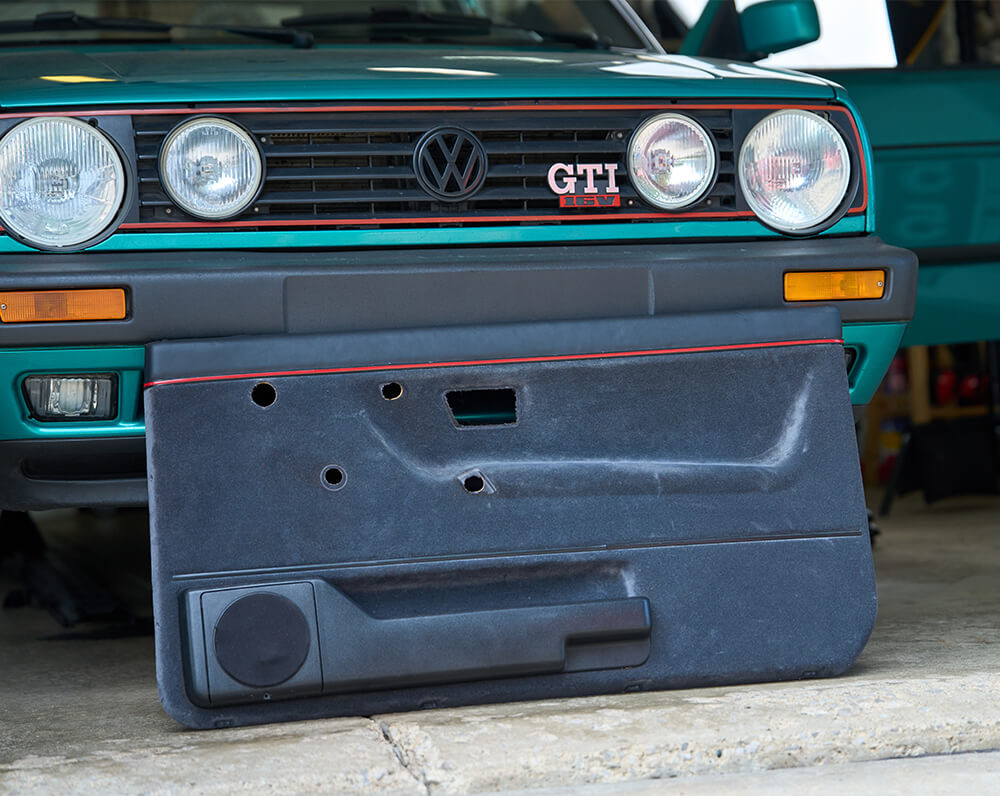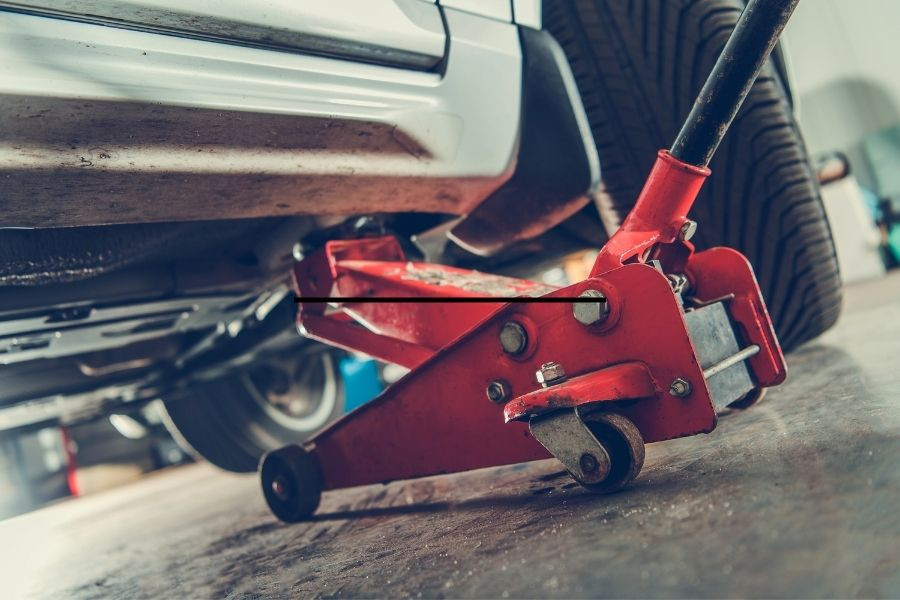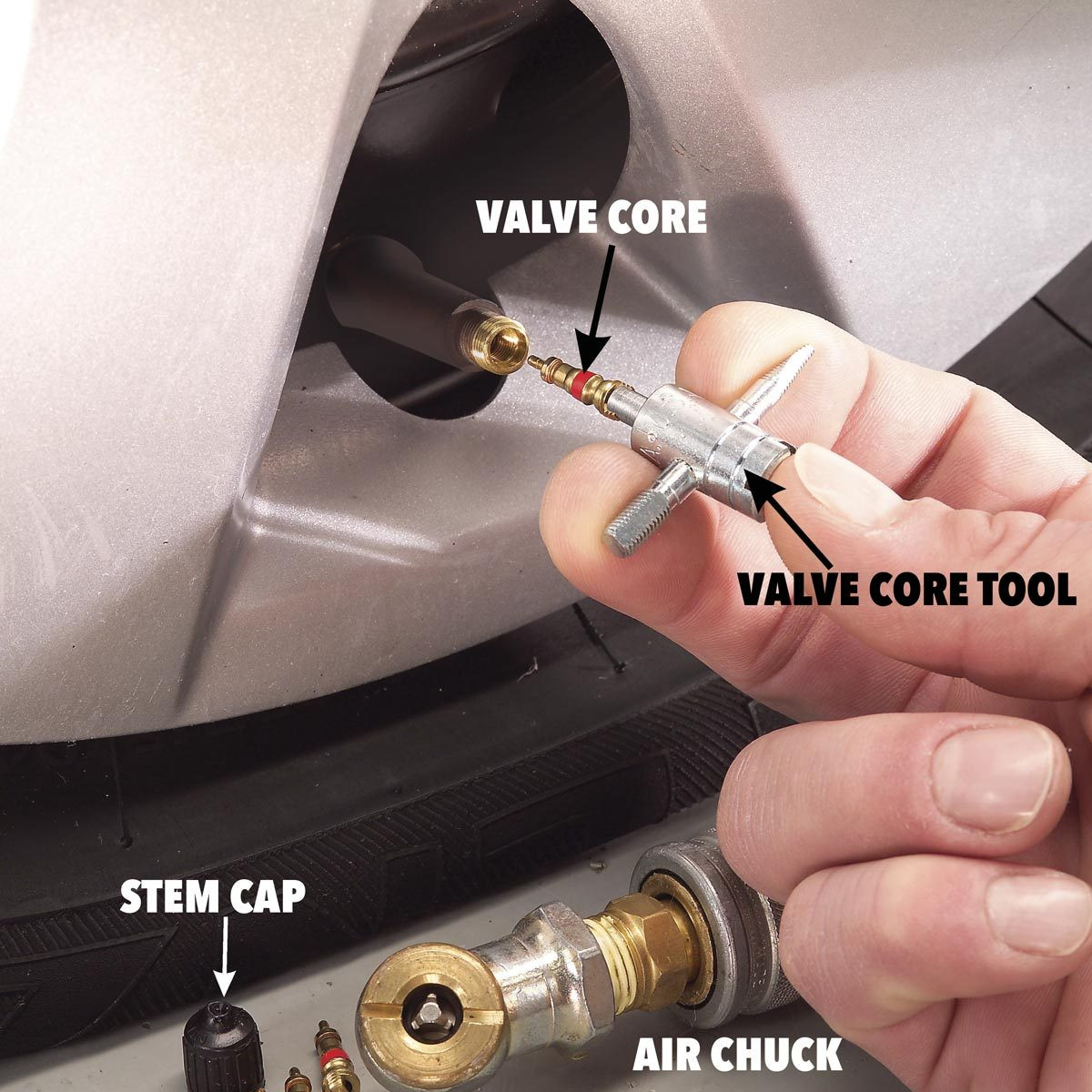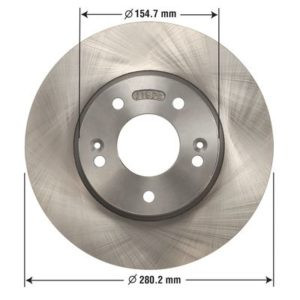How To Fix Car Computer: A Comprehensive Guide
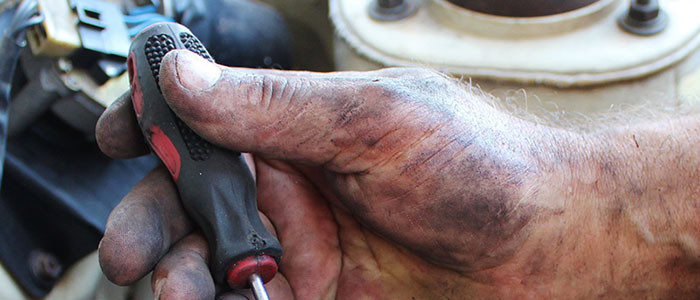
Is your car acting up? Learn How To Fix Car Computer issues and restore your vehicle’s peak performance with CARDIAGTECH.NET. This comprehensive guide provides expert insights into diagnosing and resolving ECU problems, ensuring you get back on the road quickly and safely. Discover the solutions for engine control module repair and replacements to keep your vehicle running smoothly.
1. Understanding the Car Computer (ECU/ECM)
The Electronic Control Unit (ECU), also known as the Engine Control Module (ECM), is the brain of your vehicle. It monitors and controls various engine functions to ensure optimal performance and efficiency. When the ECU malfunctions, it can lead to a range of problems affecting your car’s drivability.
1.1. What Does the ECU Do?
The ECU manages several critical functions:
- Fuel Injection: Controls the amount of fuel injected into the engine cylinders.
- Ignition Timing: Determines when the spark plugs fire to ignite the fuel-air mixture.
- Emissions Control: Regulates systems that reduce harmful emissions.
- Idle Speed: Maintains a steady engine speed when the vehicle is idling.
- Transmission Control: (In some vehicles) Manages gear shifting for automatic transmissions.
1.2. Why Is the ECU Important?
The ECU’s precise control over these functions ensures:
- Optimal Engine Performance: Maximizes power and efficiency.
- Reduced Emissions: Helps your vehicle meet environmental standards.
- Fuel Efficiency: Optimizes fuel consumption to save you money.
- Smooth Driving Experience: Ensures seamless operation of various vehicle systems.
2. Common Symptoms of a Failing Car Computer
Recognizing the symptoms of a failing ECU is the first step in addressing the problem. Here are some common signs:
2.1. Check Engine Light Illumination
The check engine light is a primary indicator of potential ECU issues. While it can signal various problems, a persistent or frequently recurring check engine light may point to a faulty car computer.
2.2. Engine Stalling, Jerking, or Misfiring
If your engine stalls, jerks, or misfires, it could be due to the ECU’s inability to properly regulate fuel injection and ignition timing. These symptoms often indicate a need for ECU inspection and potential repair or replacement.
2.3. Performance Problems
A malfunctioning ECU can negatively impact your vehicle’s performance, leading to:
- Reduced Fuel Efficiency: Noticeably poorer gas mileage.
- Decreased Power and Acceleration: Sluggish response when accelerating.
- Rough Idling: Unstable engine speed when the vehicle is stationary.
2.4. Inability to Start
If your engine cranks but fails to start, the ECU might not be sending the necessary signals to initiate combustion. This is a critical symptom indicating potential ECU failure.
2.5. Poor Performance in Certain Temperatures
Some ECU issues manifest only under specific temperature conditions. If your vehicle runs well only when it’s very hot or very cold, the ECU may be to blame.
2.6. Transmission Problems
The ECU manages the transmission in many modern vehicles. Issues such as harsh or erratic shifting can indicate an ECU problem.
3. Diagnosing Car Computer Problems
Diagnosing ECU problems requires a systematic approach. Here’s how to troubleshoot effectively:
3.1. Visual Inspection
Begin with a thorough visual inspection of the ECU and its connections:
- Check the Pins: Ensure all pins are straight, undamaged, and properly connected.
- Look for Corrosion: Inspect for any signs of corrosion on the ECU connectors and wiring.
- Smell Test: A burnt plastic odor near the ECU can indicate internal damage.
 ECU Pins Inspection
ECU Pins Inspection
Visual inspection of ECU pins to check for damage and proper connection.
3.2. Using an OBD-II Scanner
An OBD-II scanner is an invaluable tool for diagnosing ECU problems. Here’s how to use it:
- Connect the Scanner: Plug the scanner into your vehicle’s OBD-II port (usually located under the dashboard).
- Read Trouble Codes: Turn on the ignition and use the scanner to read any stored trouble codes.
- Interpret the Codes: Research the codes to understand the specific issues they indicate. Codes related to the ECU or its sensors are strong indicators of a car computer problem.
3.3. Process of Elimination
Troubleshooting ECU problems often involves checking the inputs and outputs to the ECU.
Inputs:
- Battery Voltage: Ensure the ECU is receiving the correct voltage from the battery.
- Ignition Switch: Verify the ignition switch is functioning correctly.
- Fuses: Check all relevant fuses to ensure they are intact.
- Sensors: Test the various sensors that provide data to the ECU (e.g., oxygen sensors, mass airflow sensor).
Outputs:
- Fuel Injectors: Confirm they are receiving the correct signals from the ECU.
- Fuel Pump: Ensure the fuel pump is operating correctly.
- Spark Plugs: Check for proper spark.
- Starter Motor: Verify the starter motor is engaging.
If the inputs are correct but the outputs are not functioning, the ECU is likely the problem.
3.4. Professional Diagnostic Services
If you are not comfortable performing these diagnostic steps yourself, consider seeking professional diagnostic services. Certified mechanics have advanced tools and expertise to accurately diagnose ECU problems.
CARDIAGTECH.NET recommends visiting a trusted mechanic for a comprehensive diagnostic assessment. Our team at CARDIAGTECH.NET is also available to provide guidance and support. Contact us at +1 (641) 206-8880 for expert assistance.
4. How to Fix Car Computer Issues
Once you’ve diagnosed a car computer problem, you have several options for fixing it.
4.1. Resetting the ECU
Sometimes, a simple reset can resolve minor ECU glitches. Here’s how to reset your ECU:
- Disconnect the Battery: Disconnect the negative terminal of your car battery.
- Wait: Wait for 15-20 minutes to allow the ECU to fully reset.
- Reconnect the Battery: Reconnect the negative terminal to the battery.
- Start the Car: Start your car and see if the issue is resolved.
Note: Resetting the ECU will erase any stored diagnostic codes and may affect your car’s performance temporarily as the ECU relearns optimal settings.
4.2. Repairing the ECU
In some cases, the ECU can be repaired. This typically involves replacing faulty components on the ECU circuit board. ECU repair is a specialized task that should be performed by experienced technicians.
When to Consider ECU Repair:
- Minor Component Failures: If the problem is traced to a specific, replaceable component.
- Cost-Effectiveness: If repair costs are significantly lower than replacement.
- Availability: If a replacement ECU is difficult to find.
4.3. Replacing the ECU
Replacing the ECU is often the most reliable solution for major car computer problems. Here’s how to approach ECU replacement:
- Find the Right Replacement: Ensure the replacement ECU is compatible with your vehicle’s make, model, and year.
- Programming: Some ECUs require programming to match your vehicle’s specific configuration. This can be done by a mechanic or using specialized programming tools.
- Installation: Install the new ECU, following the manufacturer’s instructions.
CARDIAGTECH.NET offers a wide selection of pre-programmed ECUs that are guaranteed to work with your vehicle. Our OEM parts ensure optimal performance and reliability.
5. Step-by-Step Guide to Replacing Your Car Computer
Replacing your car computer can seem daunting, but with the right tools and guidance, it’s manageable. Follow these steps for a successful ECU replacement.
5.1. Gather Your Tools and Materials
- Replacement ECU: Ensure it matches your vehicle’s specifications.
- Socket Set: For removing and installing bolts.
- Screwdrivers: Both flathead and Phillips head.
- OBD-II Scanner: To clear any stored codes after installation.
- Gloves and Safety Glasses: For personal protection.
5.2. Locate the ECU
The ECU’s location varies depending on the vehicle make and model. Common locations include:
- Under the Dashboard: Near the steering column or glove compartment.
- Under the Seats: Usually under the driver or passenger seat.
- In the Engine Bay: Mounted on the firewall or near the battery.
Consult your vehicle’s repair manual for the exact location.
5.3. Disconnect the Battery
Before working on any electrical components, disconnect the negative terminal of your car battery to prevent electrical shock and damage to the ECU.
5.4. Remove the Old ECU
- Disconnect the Wiring Harness: Carefully disconnect the wiring harness from the ECU. Note the orientation of the connectors to ensure correct reinstallation.
- Unbolt the ECU: Remove any bolts or screws securing the ECU to its mounting bracket.
- Remove the ECU: Gently remove the old ECU from its location.
5.5. Install the New ECU
- Mount the New ECU: Place the new ECU in the mounting bracket and secure it with the bolts or screws.
- Reconnect the Wiring Harness: Reconnect the wiring harness to the ECU, ensuring the connectors are properly aligned and securely attached.
- Reconnect the Battery: Reconnect the negative terminal of the car battery.
5.6. Verify the Installation
- Start the Car: Start your car to ensure the new ECU is functioning correctly.
- Check for Error Codes: Use an OBD-II scanner to check for any new error codes. Clear any codes that appear.
- Test Drive: Take your car for a test drive to ensure smooth performance and proper operation of all systems.
6. Tips for Maintaining Your Car Computer
Proper maintenance can extend the life of your car computer and prevent future problems.
6.1. Keep Your Battery in Good Condition
A weak or failing battery can cause voltage fluctuations that damage the ECU. Regularly check your battery’s health and replace it when necessary.
6.2. Protect Against Electrical Surges
Electrical surges can harm the ECU. Consider using a surge protector when jump-starting your car or performing electrical work.
6.3. Avoid Water Damage
Water can cause corrosion and short circuits in the ECU. Ensure your vehicle’s seals and weather stripping are in good condition to prevent water from entering the ECU compartment.
6.4. Regular Diagnostic Checks
Regularly scan your vehicle for trouble codes to catch potential problems early. Addressing issues promptly can prevent them from escalating and affecting the ECU.
6.5. Professional Servicing
Schedule regular maintenance with a trusted mechanic. They can perform thorough inspections and identify potential issues before they become major problems.
7. Why Choose CARDIAGTECH.NET for Your ECU Needs?
At CARDIAGTECH.NET, we understand the importance of a properly functioning car computer. Here’s why you should choose us for your ECU needs:
7.1. Wide Selection of OEM Parts
We offer a comprehensive selection of OEM (Original Equipment Manufacturer) ECUs for all makes and models. Our parts are guaranteed to meet or exceed the original manufacturer’s specifications, ensuring optimal performance and reliability.
7.2. Pre-Programmed ECUs
Many of our ECUs come pre-programmed to match your vehicle’s specific configuration. This simplifies the installation process and ensures seamless integration with your car’s systems.
7.3. Expert Support
Our team of experienced technicians is available to provide expert support and guidance. Whether you need help diagnosing a problem or choosing the right replacement ECU, we are here to assist you. Contact us at +1 (641) 206-8880 for personalized assistance.
7.4. Fast Shipping
We understand that getting your car back on the road is a priority. That’s why we offer fast shipping on all orders. Order today, and your ECU will ship within 48 hours.
7.5. Guaranteed Compatibility
We guarantee that our ECUs will work with your vehicle. If you experience any issues, our customer support team will work with you to resolve the problem.
8. The Future of Car Computer Technology
Car computer technology is constantly evolving, with new advancements aimed at improving vehicle performance, safety, and efficiency.
8.1. Advanced Driver-Assistance Systems (ADAS)
Modern ECUs are integral to ADAS features such as adaptive cruise control, lane departure warning, and automatic emergency braking. These systems rely on sophisticated algorithms and sensor data to enhance driving safety.
8.2. Over-the-Air (OTA) Updates
Many newer vehicles support OTA updates, allowing manufacturers to remotely update the ECU software. This enables them to fix bugs, improve performance, and add new features without requiring a visit to the dealership.
8.3. Artificial Intelligence (AI)
AI is increasingly being integrated into car computer systems. AI-powered ECUs can learn driver preferences, optimize engine performance in real-time, and predict potential maintenance issues.
8.4. Enhanced Security
As vehicles become more connected, security is a growing concern. Modern ECUs incorporate advanced security features to protect against hacking and unauthorized access.
9. Real-Life Examples and Case Studies
To illustrate the importance of addressing car computer issues promptly, here are a few real-life examples:
Case Study 1: Fuel Efficiency Problem
Problem: A vehicle owner noticed a significant decrease in fuel efficiency. The car was consuming much more fuel than usual, and the check engine light was illuminated.
Diagnosis: An OBD-II scan revealed a faulty oxygen sensor and potential issues with the ECU. Further testing confirmed that the ECU was not properly processing sensor data.
Solution: The owner replaced the faulty oxygen sensor and had the ECU reprogrammed. This restored the car’s fuel efficiency and resolved the check engine light issue.
Case Study 2: Engine Stalling
Problem: A driver experienced frequent engine stalling, particularly at idle. The car would start fine but stall shortly after.
Diagnosis: Diagnostic tests revealed that the ECU was not correctly regulating the idle speed. The ECU was sending incorrect signals to the idle air control valve.
Solution: The ECU was replaced with a pre-programmed unit from CARDIAGTECH.NET. The new ECU resolved the idle speed issue and eliminated the stalling problem.
Case Study 3: Transmission Problems
Problem: A vehicle with an automatic transmission experienced erratic shifting and harsh gear changes.
Diagnosis: An inspection revealed that the ECU, which controlled the transmission, was malfunctioning. The ECU was not properly communicating with the transmission control module.
Solution: The ECU was replaced, and the transmission was recalibrated. This restored smooth and reliable shifting.
10. Common Mistakes to Avoid When Fixing Your Car Computer
Fixing your car computer can be complex, and it’s easy to make mistakes. Here are some common pitfalls to avoid:
10.1. Ignoring Symptoms
Ignoring early warning signs of ECU problems can lead to more severe damage. Address any unusual symptoms promptly to prevent costly repairs.
10.2. Using Incompatible Parts
Using replacement parts that are not compatible with your vehicle can cause further damage. Always ensure that the parts you use are specifically designed for your car’s make, model, and year.
10.3. Neglecting Diagnostic Codes
Failing to properly diagnose the problem before attempting repairs can lead to wasted time and money. Always use an OBD-II scanner to read and interpret trouble codes.
10.4. Improper Installation
Incorrectly installing a new ECU can cause serious problems. Follow the manufacturer’s instructions carefully and seek professional assistance if needed.
10.5. Overlooking Battery Issues
A weak or failing battery can cause a range of ECU problems. Always ensure your battery is in good condition before troubleshooting car computer issues.
11. Frequently Asked Questions (FAQ) About Car Computers
Q1: What is the difference between an ECU and an ECM?
- ECU (Electronic Control Unit) is a general term for any control unit in a vehicle. ECM (Engine Control Module) specifically refers to the control unit that manages the engine.
Q2: How do I know if my ECU is bad?
- Common symptoms include a check engine light, engine stalling, poor performance, and inability to start. Diagnostic tests and OBD-II scans can help confirm the problem.
Q3: Can I repair my ECU myself?
- ECU repair is a specialized task that requires technical expertise. It’s best to seek professional assistance.
Q4: How much does it cost to replace an ECU?
- The cost of ECU replacement varies depending on the vehicle make and model, as well as the source of the replacement unit. Contact CARDIAGTECH.NET at +1 (641) 206-8880 for pricing information.
Q5: Do I need to program a new ECU?
- Some ECUs require programming to match your vehicle’s specific configuration. Pre-programmed ECUs from CARDIAGTECH.NET can simplify the installation process.
Q6: Where is the ECU located in my car?
- The ECU’s location varies. Common locations include under the dashboard, under the seats, and in the engine bay. Consult your vehicle’s repair manual for the exact location.
Q7: Can a bad ECU affect my transmission?
- Yes, in many modern vehicles, the ECU manages the transmission. A malfunctioning ECU can cause erratic shifting and other transmission problems.
Q8: How long does an ECU last?
- The lifespan of an ECU can vary, but it typically lasts for the life of the vehicle. However, factors such as electrical surges, water damage, and extreme temperatures can shorten its lifespan.
Q9: Can I drive my car with a bad ECU?
- Driving with a bad ECU can be risky. It can lead to engine stalling, poor performance, and potential damage to other components. It’s best to address the issue as soon as possible.
Q10: How can I prevent ECU problems?
- Regular maintenance, protecting against electrical surges, and keeping your battery in good condition can help prevent ECU problems.
12. Contact CARDIAGTECH.NET for Expert Assistance
If you’re experiencing car computer problems, don’t hesitate to contact CARDIAGTECH.NET. Our team of experts is here to provide the support and solutions you need to get back on the road.
Address: 276 Reock St, City of Orange, NJ 07050, United States
WhatsApp: +1 (641) 206-8880
Website: CARDIAGTECH.NET
Whether you need a replacement ECU, diagnostic assistance, or expert advice, CARDIAGTECH.NET is your trusted partner for all your car computer needs.
13. Call to Action: Get Your Car Running Smoothly Today
Is your car giving you trouble? Don’t let a faulty car computer keep you off the road. Contact CARDIAGTECH.NET today for expert assistance and high-quality replacement ECUs. Our team is ready to help you diagnose the problem, find the right solution, and get your car running smoothly again.
Contact us now at +1 (641) 206-8880 and let CARDIAGTECH.NET be your trusted partner in automotive care.




